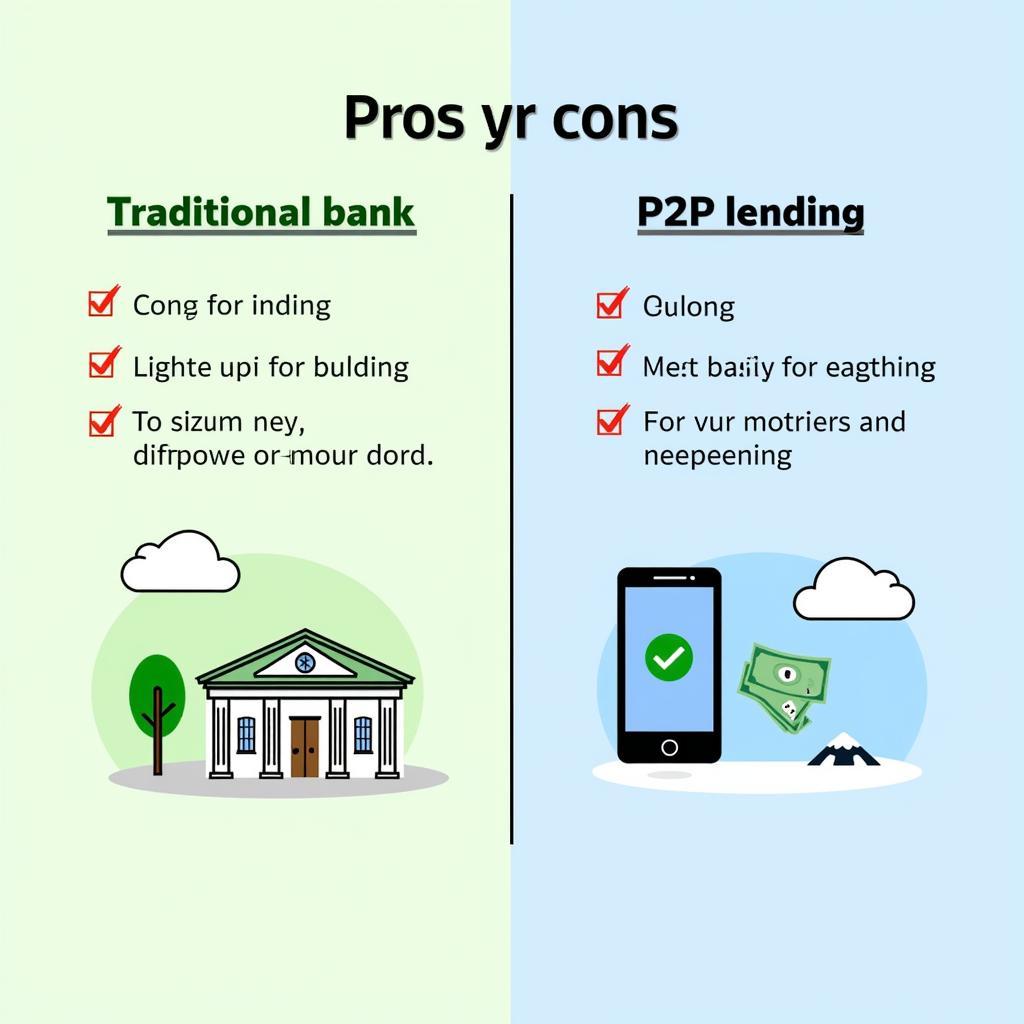Peer-to-peer lending and its impact on traditional banking has become an increasingly common topic in IELTS Writing Task 2 essays. Based on analysis of past exams and current trends, this theme appears approximately 2-3 times per year, particularly in questions about technology, finance, or economic change. The topic’s relevance has increased due to the growing popularity of fintech platforms across Asia and other developing markets.
Similar to impact of mortgage defaults on banking system, this subject tests candidates’ ability to discuss complex financial concepts while maintaining academic objectivity.
Sample Question Analysis
Some people believe that peer-to-peer lending platforms are beneficial as they provide easier access to loans compared to traditional banks. Others argue this trend could destabilize the financial system. Discuss both views and give your opinion.
This question requires:
- Discussion of both positive and negative aspects
- Clear position/opinion
- Relevant examples
- Balanced analysis

Band 8 Sample Essay
The rise of peer-to-peer (P2P) lending platforms has sparked debate about their role in modern finance. While these platforms offer valuable benefits in terms of accessibility and efficiency, I believe their potential risks necessitate careful regulation rather than outright rejection.
P2P lending platforms provide several advantages over traditional banking systems. Firstly, they democratize access to credit by connecting borrowers directly with lenders, often offering more competitive interest rates and faster approval processes. This is particularly beneficial for small businesses and individuals who might struggle to obtain conventional bank loans. Additionally, these platforms leverage technology to reduce operational costs and streamline the lending process, making financial services more efficient and accessible to a broader population.
However, critics raise valid concerns about the potential destabilization of the financial system. The lack of traditional banking safeguards and regulatory oversight could lead to increased default rates and systemic risks. Furthermore, P2P platforms might not have the same robust risk assessment mechanisms as established banks, potentially leading to irresponsible lending practices. The 2008 financial crisis demonstrated how unregulated financial innovations could have devastating consequences for the global economy.
In my view, the solution lies in striking a balance through effective regulation. While P2P lending platforms offer valuable financial inclusion benefits, they should operate within a framework that ensures responsible lending practices and protects both borrowers and lenders. This could include mandatory risk assessment protocols, transparency requirements, and capital adequacy standards similar to those applied to traditional banks.
(290 words)
Band 6.5 Sample Essay
P2P lending is becoming more popular nowadays because it gives people more choices to borrow money. Some people think it is good while others worry about problems it might cause. I will discuss both sides and give my opinion.
On the positive side, P2P lending helps many people get loans more easily. Traditional banks often have strict requirements and take long time to approve loans, but P2P platforms are faster and more flexible. For example, small business owners can get money quickly through these platforms when they need it urgently. Also, interest rates can be lower because there are no big bank buildings and many employees to pay for.
However, there are some risks we should think about. When lending is too easy, some people might borrow too much money and cannot pay it back. This could cause problems not just for the borrowers and lenders, but for the whole financial system. Also, P2P platforms might not check borrowers carefully like banks do, which could lead to more bad loans.
I think P2P lending can be good if it is controlled properly. The government should make rules to make sure these platforms work safely and protect people’s money. Also, people should be careful and not borrow more than they can repay.
(165 words)
Key Vocabulary
- peer-to-peer (P2P) lending (n.) /pɪər.tə.pɪər/ – direct lending between individuals through online platforms
- democratize (v.) /dɪˈmɒk.rə.taɪz/ – make something accessible to everyone
- systemic risk (n.) /sɪˈstem.ɪk rɪsk/ – risk affecting an entire financial system
- capital adequacy (n.) /ˈkæp.ɪ.təl ˈæd.ə.kwə.si/ – measure of bank’s available capital
- financial inclusion (n.) /faɪˈnæn.ʃəl ɪnˈkluː.ʒən/ – access to useful financial products and services
Conclusion
This topic remains highly relevant for IELTS candidates. Similar questions might focus on:
- Digital banking vs traditional banking
- Financial technology innovation impacts
- Regulation of new financial services
Practice writing your own essay on this topic and share it in the comments for feedback and discussion.